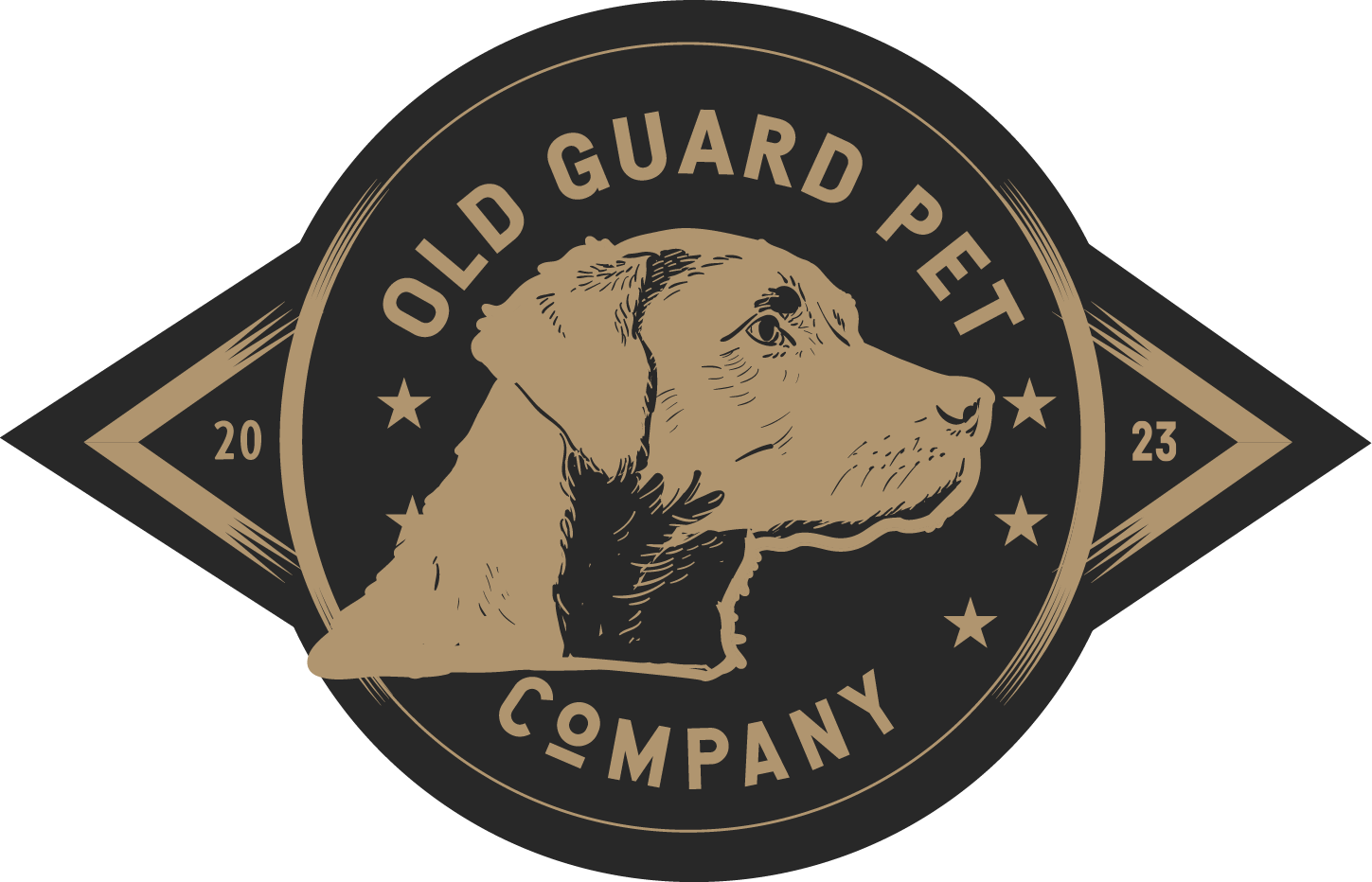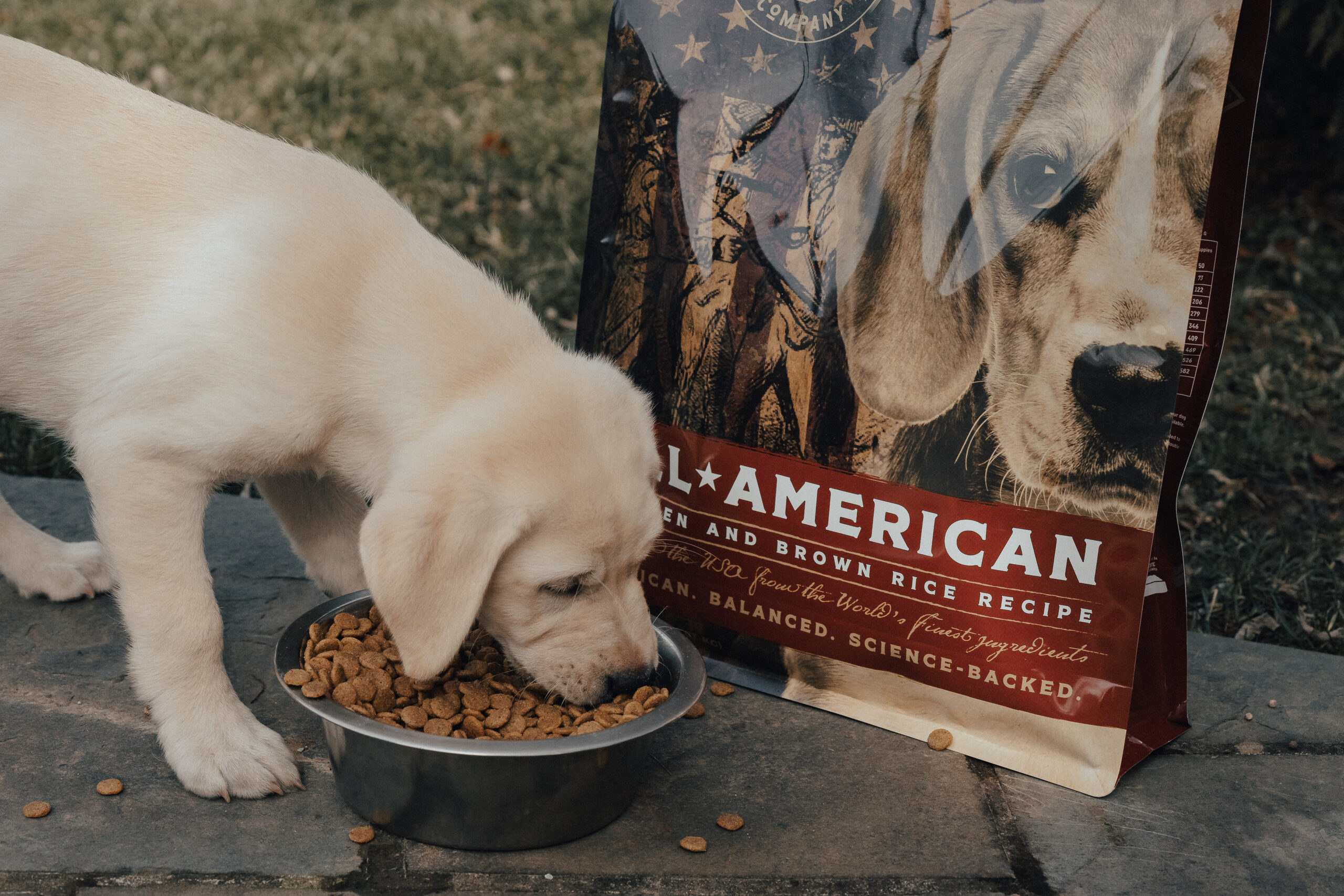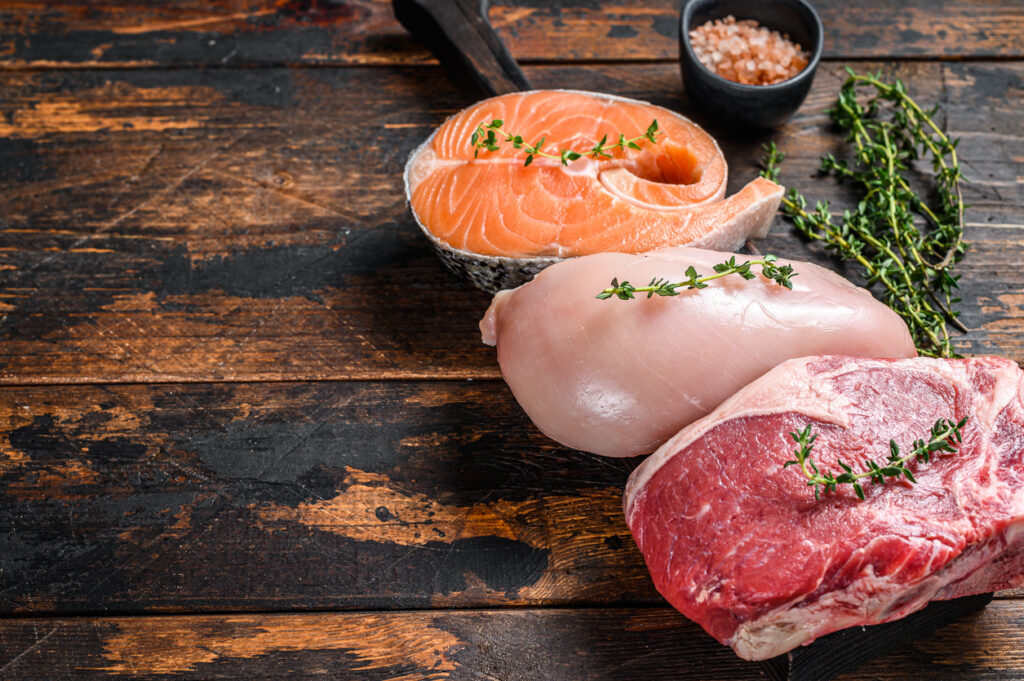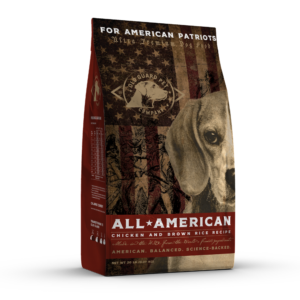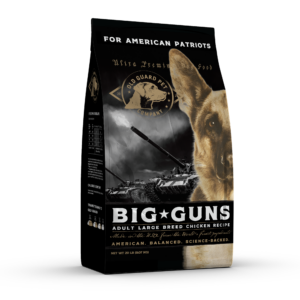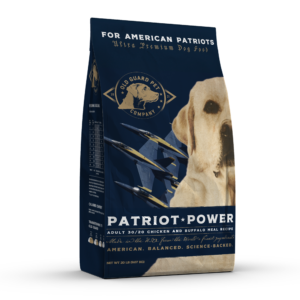The Power of Protein
Dogs require protein in their diet because it is an essential macronutrient that plays a crucial role in their overall health and well-being.
In this blog, we will review the function of protein and amino acids, the structural components of protein in the body, including their nutritional requirements, and how different ingredients and diets will meet these needs in dogs.
We will also briefly discuss optimal cooking methods to ensure protein remains highly digestible and amino acids are available for the dog’s body to use.
What is The Benefit of Protein In Your Dog’s Diet?
There are many functions of protein throughout the dog’s body, and as such, the dog’s body is in a constant state of flux via the synthesis and degradation of protein to meet the critical metabolic processes.
- Growth and development: Protein helps in building and repairing tissues, including muscles, organs, skin, hair, and nails.
- Muscle maintenance: Protein provides the necessary amino acids for muscle (including the heart) growth, repair, and strength. The fibrous protein collagen is the basic material that forms most of the connective tissue around the body.
- Enzyme Function: Many enzymes in a dog’s body are protein-based. Enzymes are responsible for facilitating various chemical reactions.
- Hormone Production: Some hormones are protein molecules and regulate various bodily functions, including metabolism, reproduction, and overall growth.
- Transport/Carriers: Proteins are found in the blood and act as important carrier substances, for instance, hemoglobin, which carries oxygen.
- Immune System Function: Antibodies, which are proteins, play a significant role in defending against pathogens, viruses, and other harmful substances.
- Energy Source: While carbohydrates and fats are the primary sources of energy for dogs, protein can also be broken down and utilized as an energy source when needed.
How Much Protein Does Your Dog Need?
Despite the various roles protein plays throughout the body, there is no requirement for protein per se but rather for amino acids, the building blocks of protein. Regardless, AAFCO defines a minimum protein level because most amino acids are consumed in diets as whole proteins, not as individual amino acids. For typical adult dogs, the minimum requirement is 18% protein, and for growing puppies, there is a minimum requirement of 22% (AAFCO, on a dry matter basis). If your dog is more active, then they may require higher levels of protein, though the exact level has not been defined.
There are 20 commonly found amino acids in proteins that are categorized as essential or non-essential. Non-essential amino acids can be sufficiently synthesized by the dog’s body for various functions during growth, performance, and maintenance. Conversely, essential amino acids must be supplied by the dog’s diet, as these cannot be made fast enough or at sufficient levels to meet the dog’s physiological needs. Researchers are currently working to identify the exact amino acid requirements for dogs of different breeds and ages; this will provide valuable insights into dog nutrition.
If there is a single amino acid that is below the requirements, this will limit protein synthesis in the whole body, impacting the utilization of all other amino acids. So, a balanced amino acid profile meeting all essential amino acid needs is critical. At Old Guard, we deliver the ideal protein level for dogs at specific ages and activity levels. We also include protein sources that have balanced amino acid profiles to ensure there are no limiting or deficient amino acids.
More Protein is Not Always Better
Diets that supply high levels of protein to adult dogs at maintenance (i.e., try to feed them like a wolf and well beyond the minimum requirements) are causing the dogs’ bodies to work to remove the excess protein. Dogs cannot store excess dietary protein. Excess amino acids beyond the body’s immediate needs will ultimately be excreted from the body (through urine and feces). Some theorize that this excess nitrogen removal causes smellier breath, stools, and “lawn burn” (those yellow patches on the grass where your dog urinates). At Old Guard, we respect dogs’ unique nutritional needs and design our recipes to ensure ideal protein levels are delivered.
Where Does Protein Come From in My Dog’s Food, and Why Does Protein Source Matter?
Dietary protein and amino acids can be provided by animal- or vegetable-based protein or synthetic sources. Protein quality is defined by the ability of that source to supply the dog’s amino acid requirements. As a single source, animal protein tends to have a more balanced amino acid profile and therefore is better at supporting overall protein needs.
Animal sources also tend to have a higher biological value, meaning the percentage of protein that is digested, absorbed, and retained in the body for metabolic functions is higher when compared to vegetable-based proteins. Eggs are often defined as the gold standard.
This doesn’t mean that vegetable-based protein sources are bad; some do in fact have superior quality as compared to certain animal-based sources, like chicken by-product meal. Therefore, it is important to look at each ingredient individually.
The cooking process will impact protein digestibility. Overcooking will cause heat damage, or the presence of Maillard products will decrease protein digestion. Conversely, undercooking or raw food sources may preserve anti-nutritional factors found in plant materials and decrease protein digestibility. Old Guard uses a slow cooking method and conducts third-party testing to ensure all our diets are properly cooked and digestible, meet our nutritional targets, and avoid many of the common pitfalls mentioned above.
How Does Old Guard Pet Company Ensure Your Dog’s Protein Needs Are Being Met?
At Old Guard Pet Company, we believe in leveraging high-quality animal proteins like chicken, egg, buffalo, and salmon in our recipes. This is to ensure that the dogs are receiving the essential amino acids from animal-based sources with proven high protein quality and biological value. Where possible, we include multiple sources of animal-based protein to ensure the ideal balance of amino acids. We also ensure our cooking method supports the optimal protein digestibility of the final recipes. And at Old Guard, we believe that protein should be fed at an ideal level for the dogs’ needs, not in excess.
Five Dog Food Nutrition Secrets From a PhD
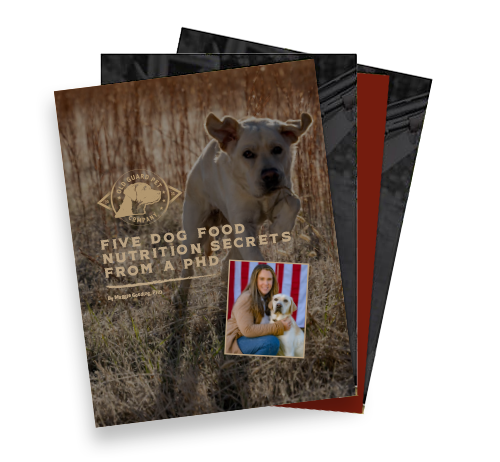
With so much information floating around out there on dog nutrition, how can you be sure you have the facts? In this guide, Founder Maggie Gooding, PhD, in Animal Nutrition and Behavior, with over a decade experience in R&D working on some of the largest pet food brands share five nutrition secrets to help your dog live a longer healthier life.
Get the inside scoop on:
- Nutrients
- Energy Balance
- Weight Control
- Dog Eating Habits
- Fibers and Fillers
Download by filling the form out below:
